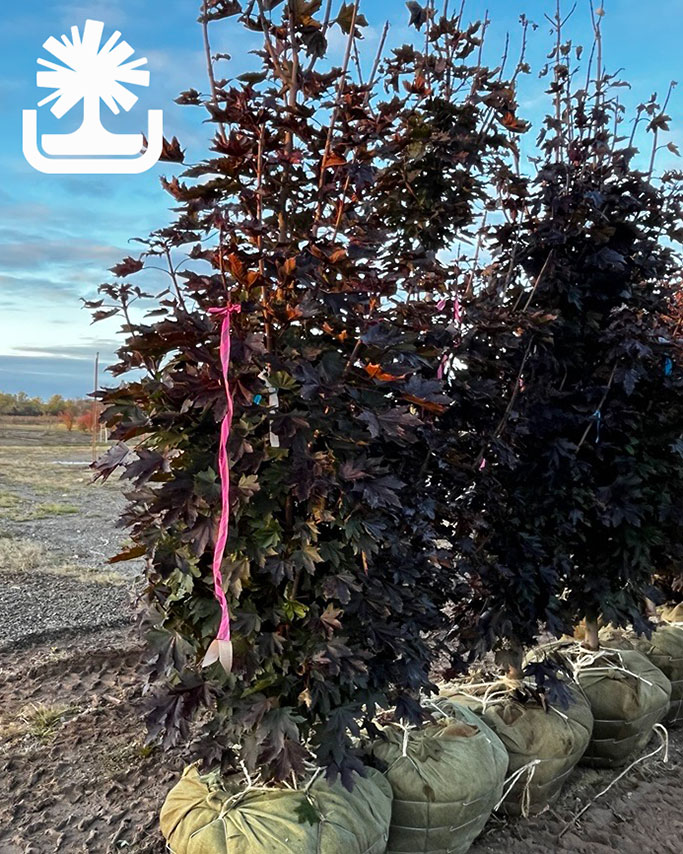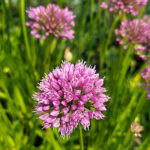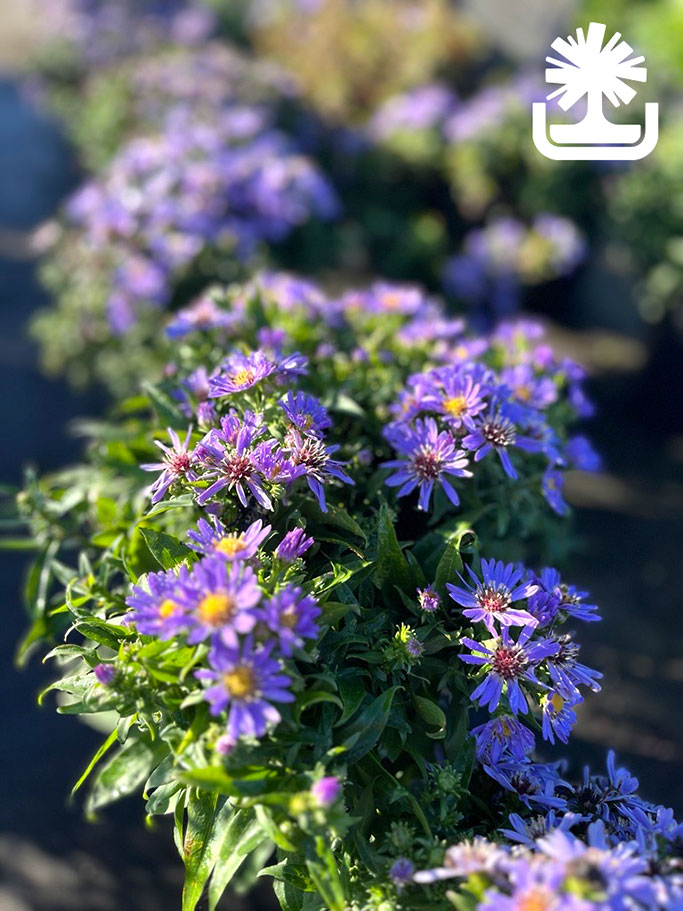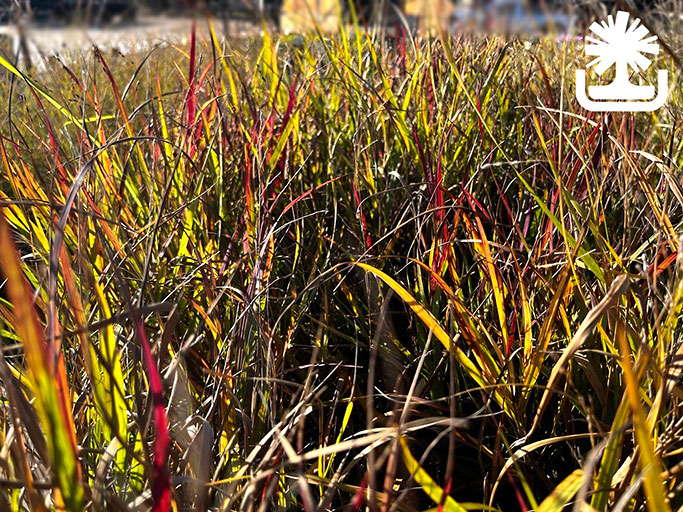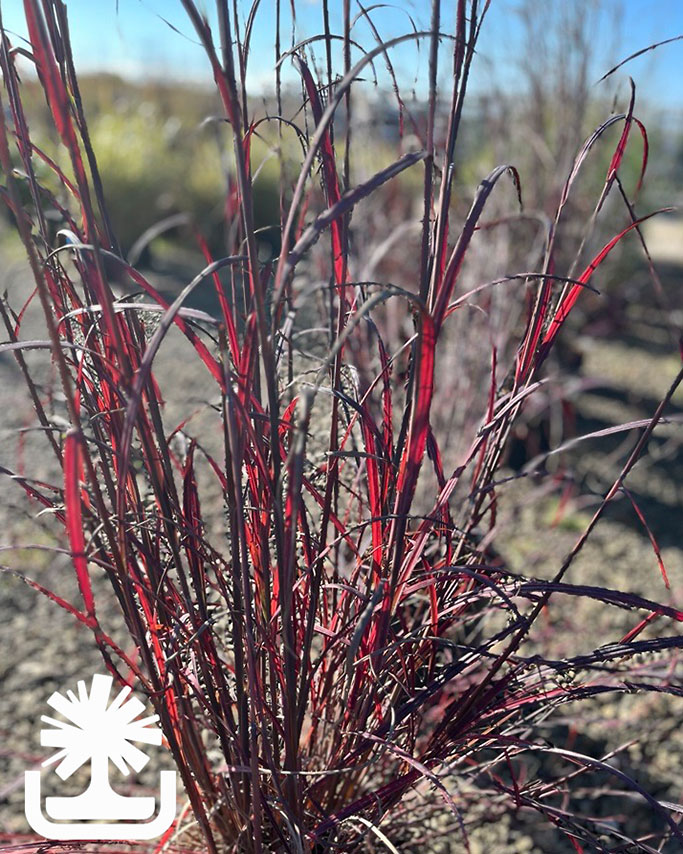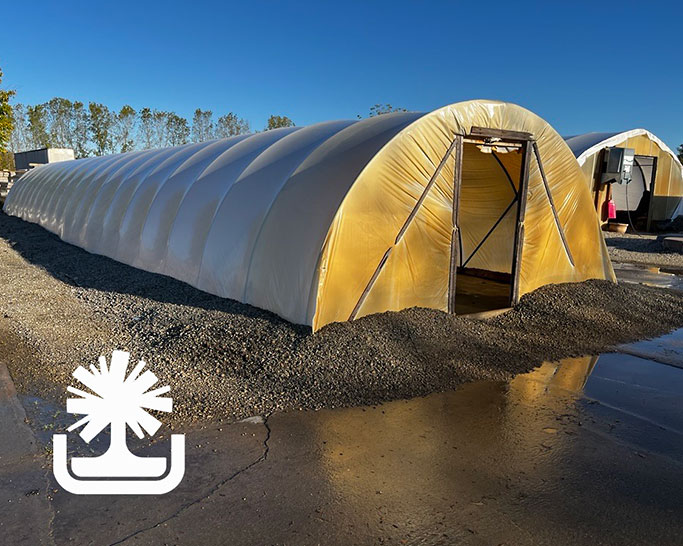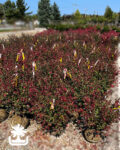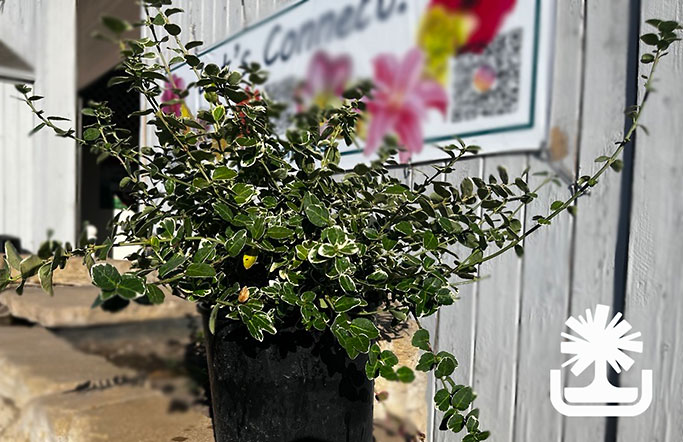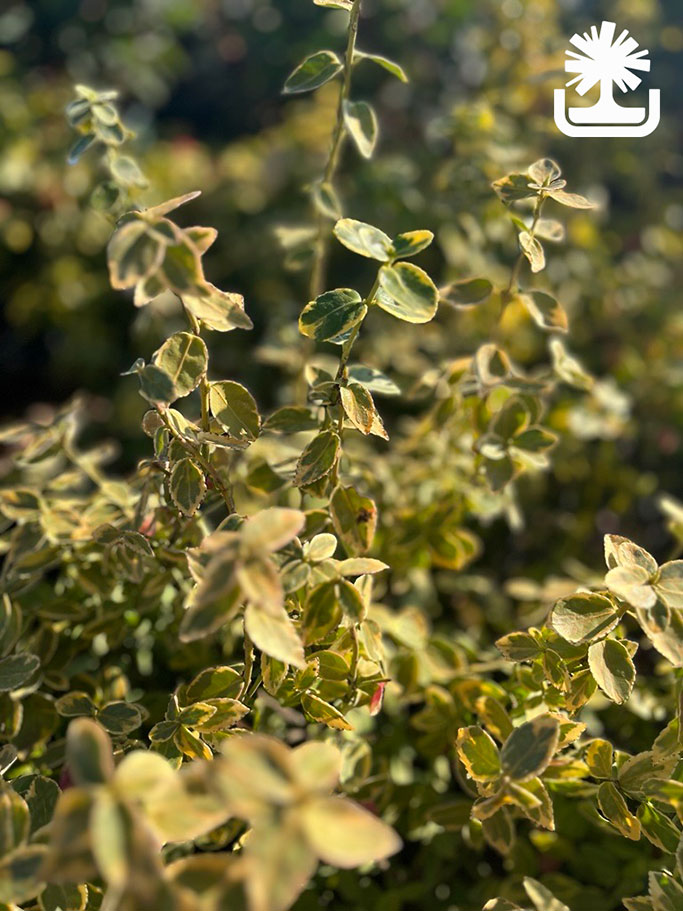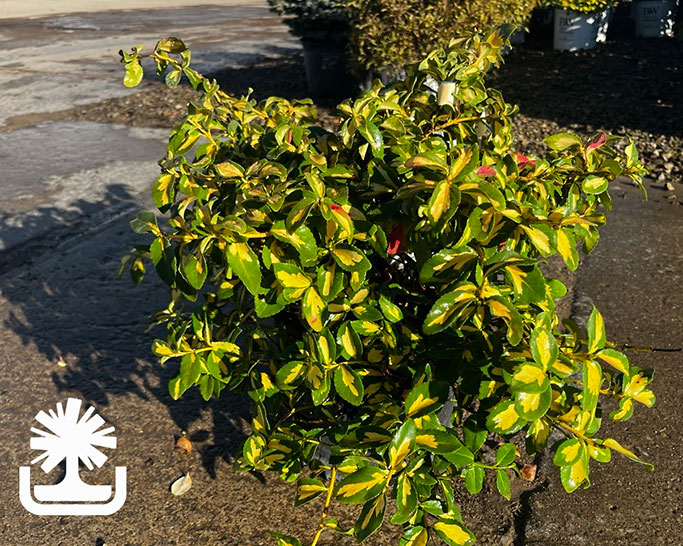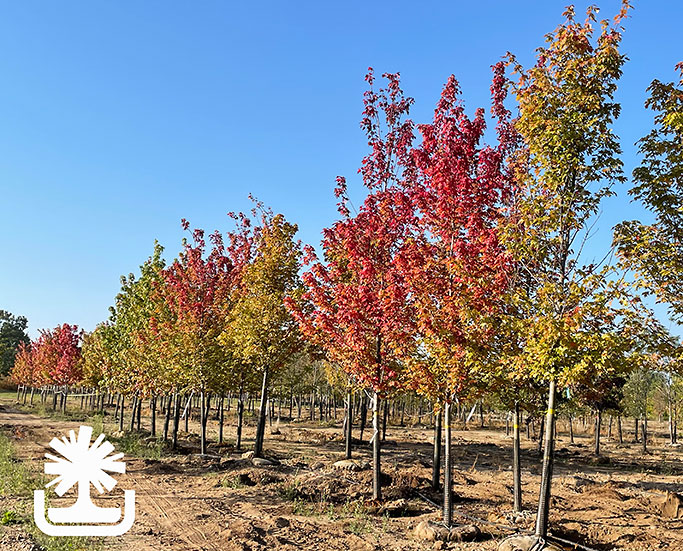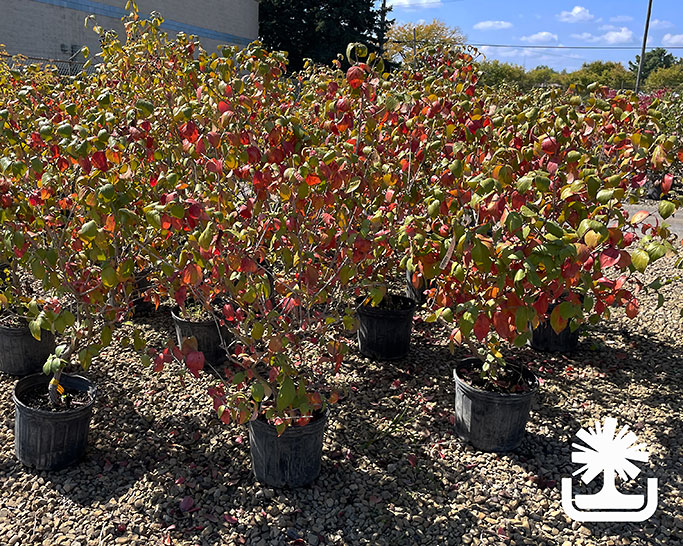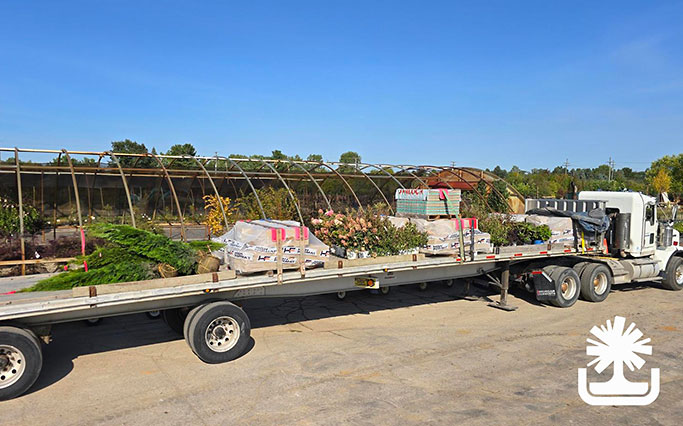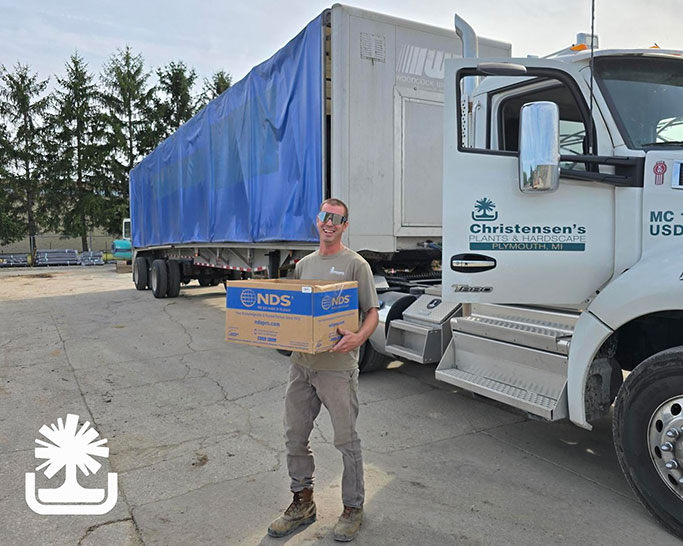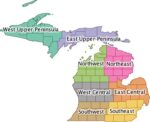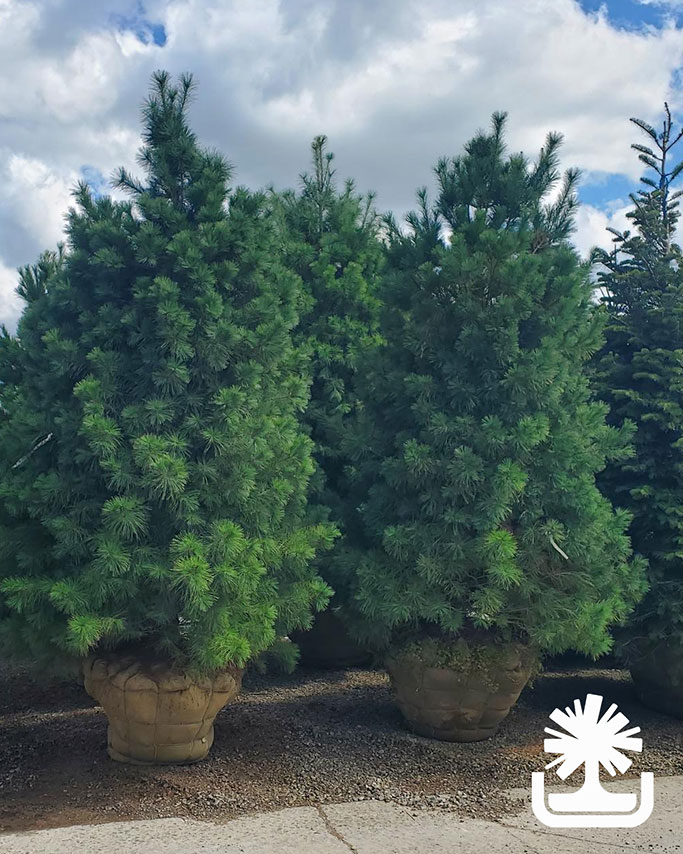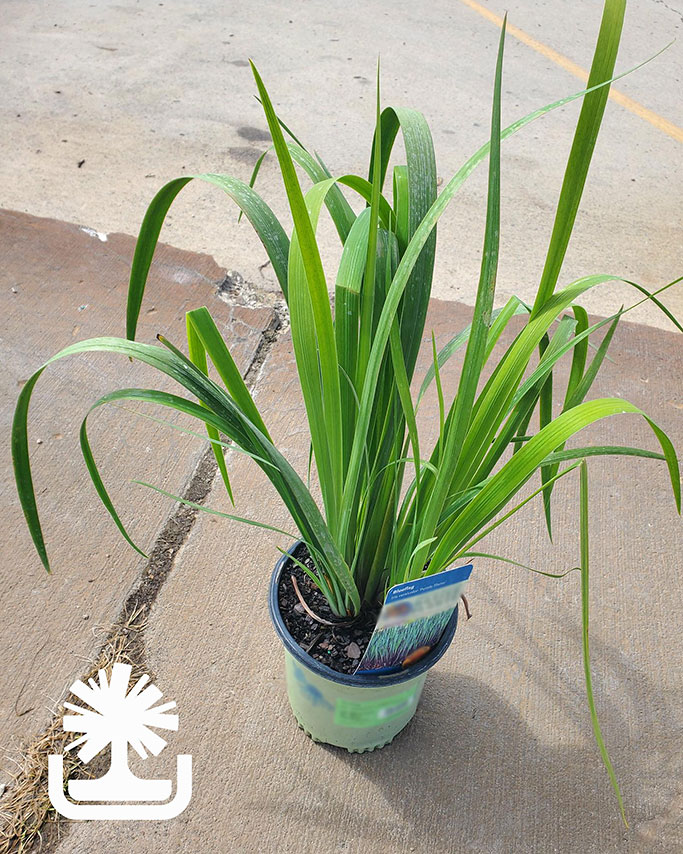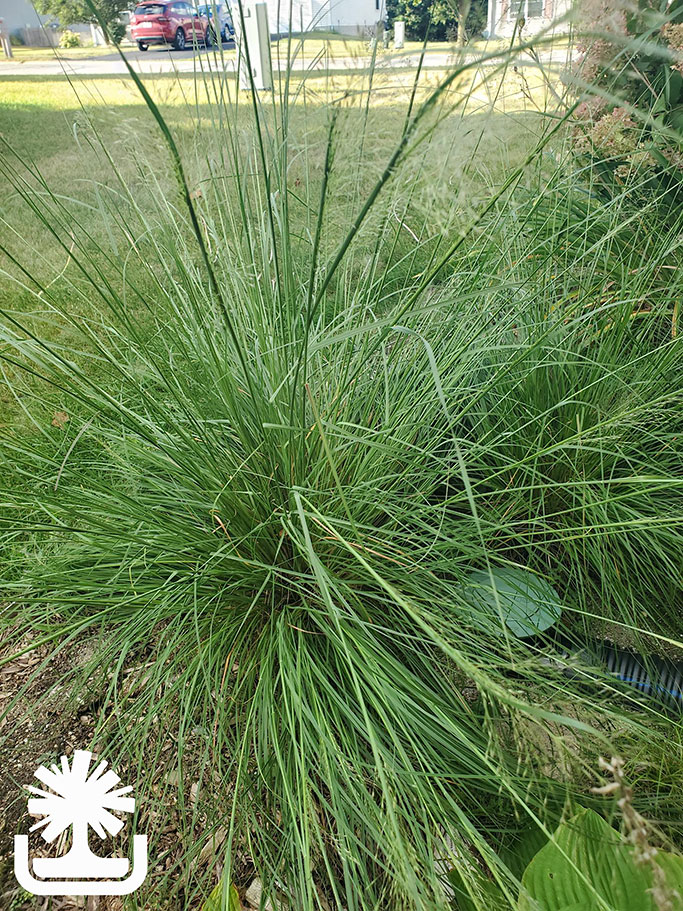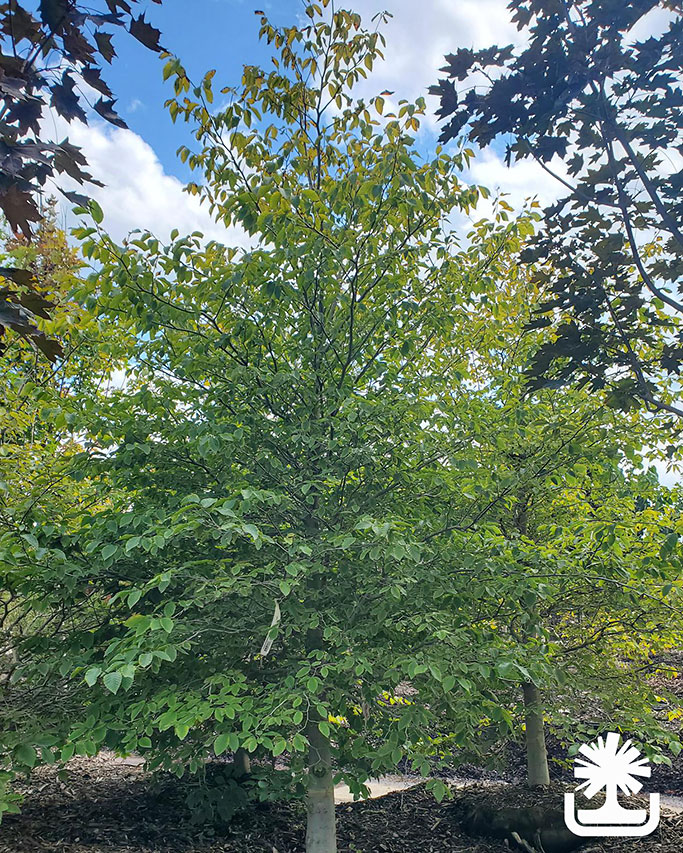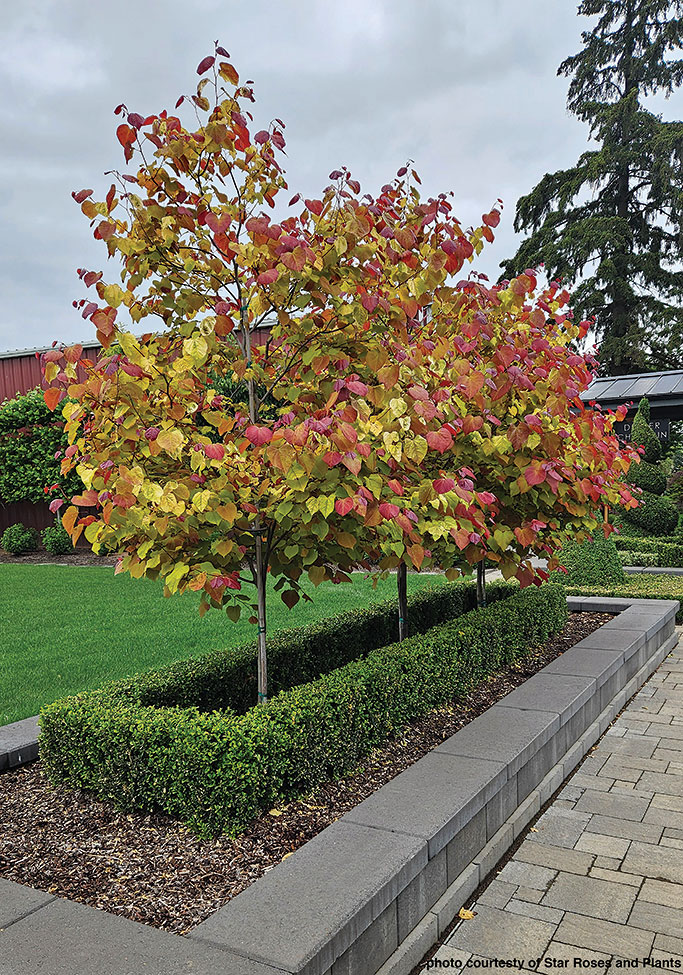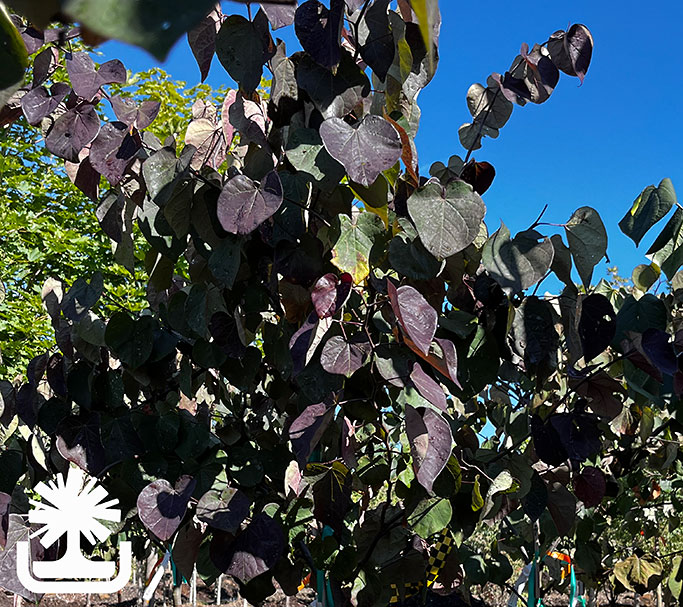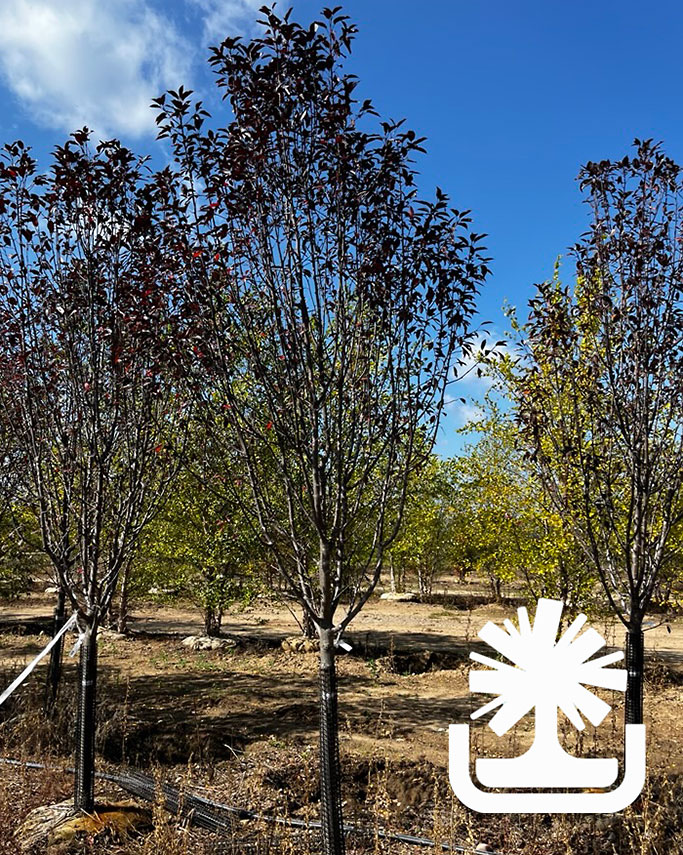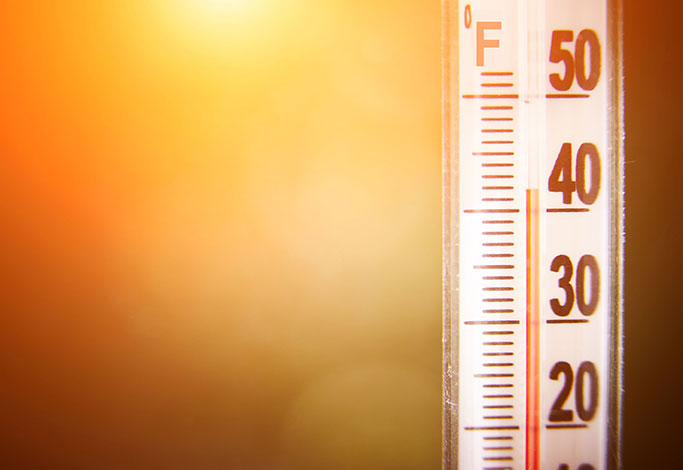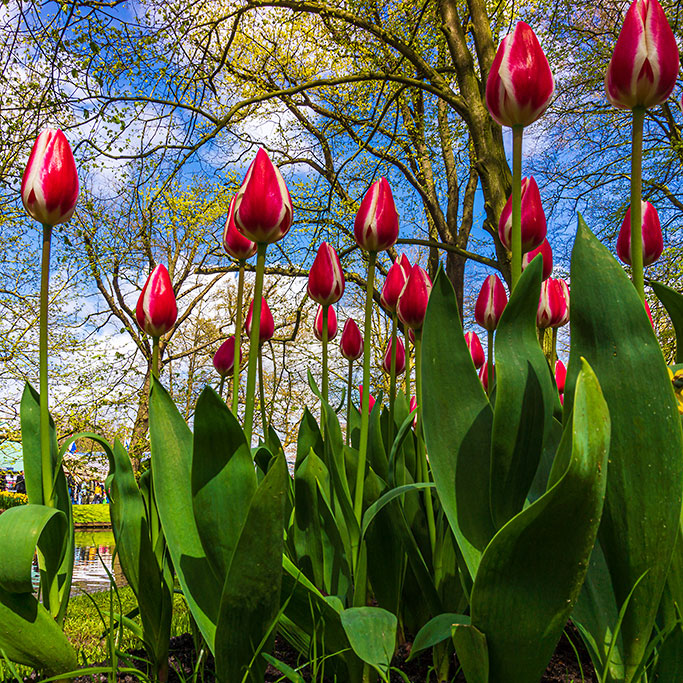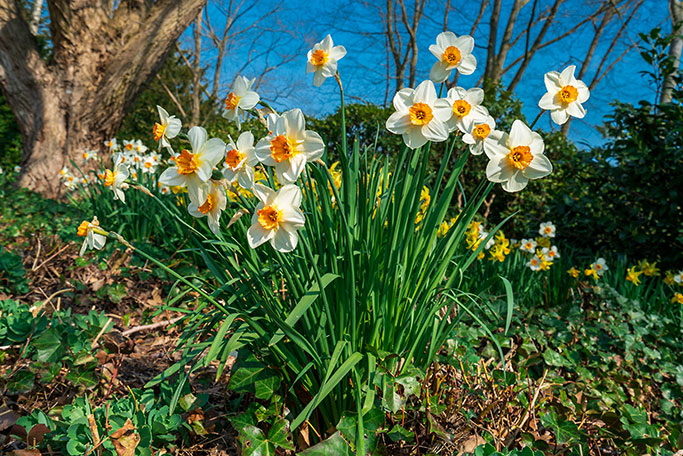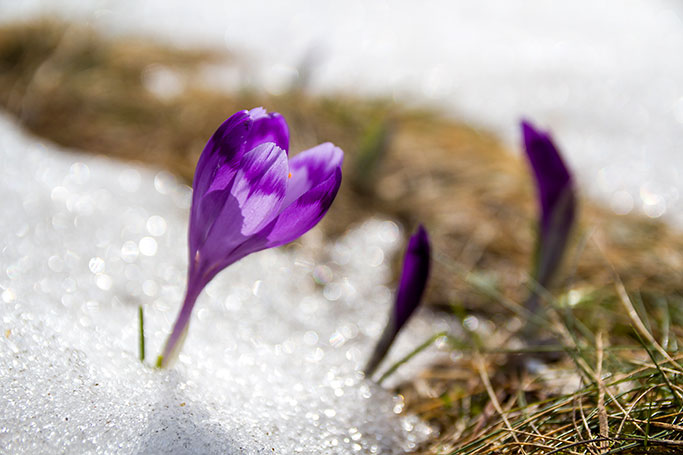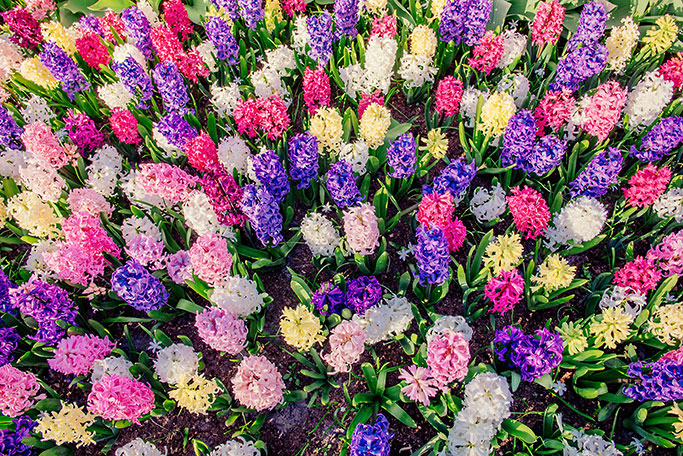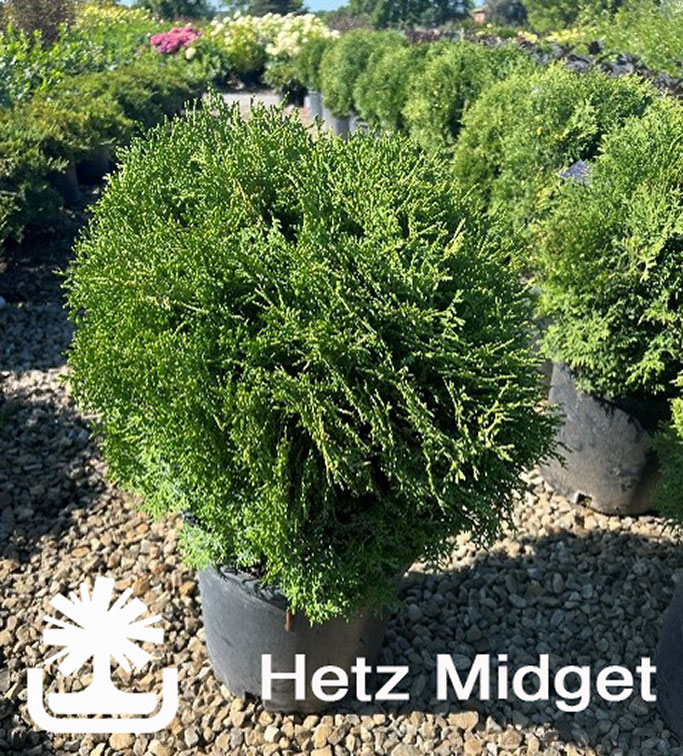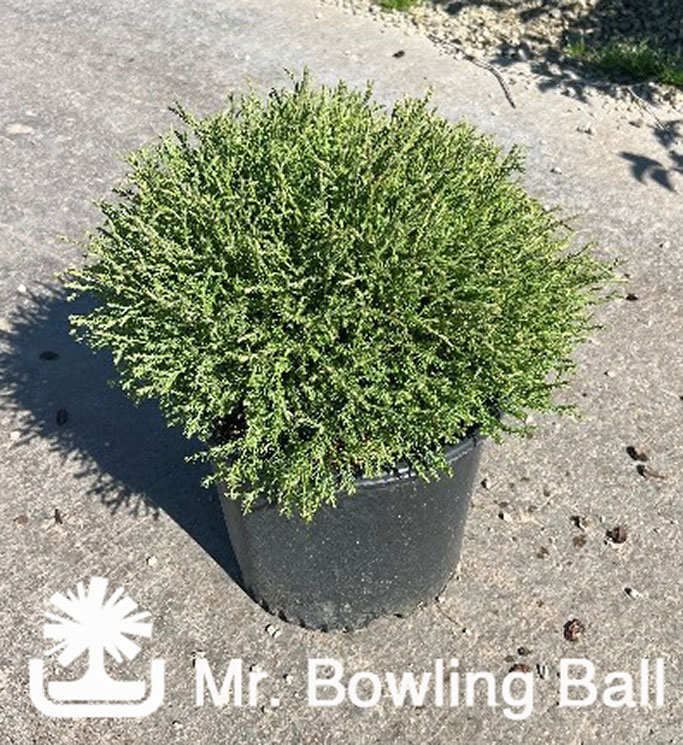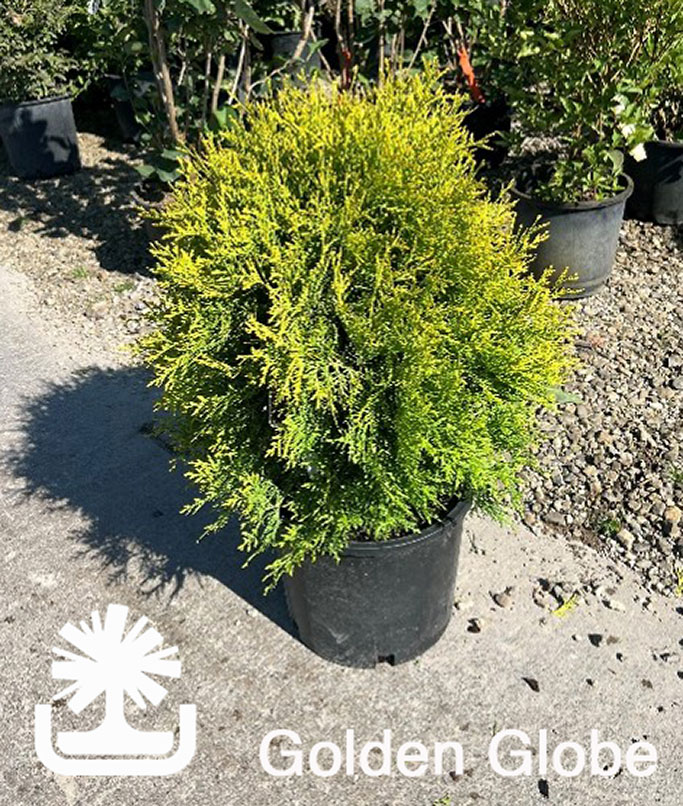At Christensen’s, there are flowering plants for every season. Springtime showcases Forsythia and Creeping Phlox. Summer highlights just about everything from Peony to Echinacea and Hydrangea. And fall shines a spotlight on Mums, Sedum Autumn Joy, and spectacular fall grass blooms. But what if you could plant something in fall that gave you the earliest of spring blooms?! Fall bulbs make this possible. Fall bulbs include varieties such as Narcissus, Crocus, Tulips, and “unusuals” like Hyacinth, Allium, Muscari and Fritallaria.
The best time to plant fall bulbs in Michigan is in October, or before the ground freezes. Minimum soil temperatures must be in the 40-50 degree range so that the bulbs can establish roots before winter. It is important to find a nice, sunny spot with well-drained soil. Most varieties prefer full sun but would tolerate some partial shade. Bulbs should be planted 4-6” deep (pointy side up, flat side down). It is also helpful to cover with mulch for extra protection from animal damage and for extra insulation from the harsh Michigan winter.
Put on your creative hat since fall bulbs provide endless possibilities! I will share some of my favorites but there are many other options!
Tulips come in every color you can imagine, with different spring bloom times. Keep it classic with varieties like Red Emperor, Pink Impression, or Golden Parade. Or mix it up with Darwin Hybrid Mix, Emperor Mix, or Lily Flowering Mix to give you blooms of multiple colors. You can also stagger bloom times so that when one is done blooming, there is another to follow.
When it comes to Narcissus, or Daffodils, there are many options to choose from. The stunning Yellow Dutch Master, Yellow Cheerfulness, and February Gold are certainly the stand outs. But these cuties come in many looks, cup sizes, and even some bunch-flowering varieties.
The smallest, and first bulbs to bloom are the Crocuses. These delicate, purple flowers are often seen blooming in the snow! If you are looking for early spring activity, then Crocus may be for you!!
If you are looking for something a little less common, check out our “unusuals”, with my favorites being the Hyacinths. Coming in many colors, these bright, tubular flowers are the most fragrant of the spring bloomers. (Seriously, they smell AMAZING). Also known for their smell, we also carry Allium Bulbs. Their large purple and white blooms are hard to miss, and their height gives some dimension to your garden.
Your options are endless when it comes to fall bulbs. Have fun with it, get creative, and plant something in fall that will surprise you in the spring! Christensen’s bulb flyer is available on our website, www.christensensplantcenter.com (Password:6282cpc). Early order pricing is available, with a deposit, through September 3rd. Don’t see what you are looking for? Our sales team is here to help you find exactly what you need! There are plenty more varieties available than what is listed in the bulb flyer.
